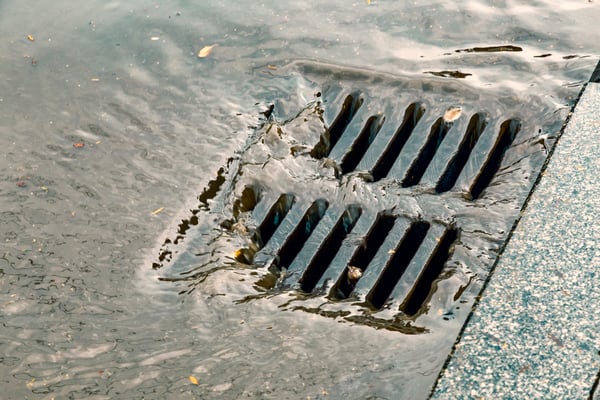Published on March, 21 2024
Understanding Stormwater Management
Rain pours, snow melts, and it all becomes stormwater your city must manage. Often, the biggest concern with stormwater is runoff. Where does the excess water go? Storm water goes to a variety of places depending on the environment: stormwater absorbs into the ground, flows into retention ponds and down storm drains -- ending up in a city's water supply.
The primary concerns with stormwater are pollution and flooding. This water needs to have somewhere to go to prevent damage to people and property. According to the city of Arlington, Virginia, “More than 20 percent of flood claims are from low to moderate flood risk areas.” This means that all communities need to be mindful of stormwater management and take precautions concerning flooding.
Stormwater runoff often picks up and carries a variety of pollutants including microscopic ones that can then enter waterways, such as bacteria, oil, sediment, metals, and chemicals.
The impacts on the well-being of people, property, animals, and bodies of water are all important reasons for communities to practice responsible stormwater management.
Effective Stormwater Management Techniques
There are a variety of methods communities use to manage stormwater pollution. One approach is called “green infrastructure”. This approach embraces the natural ways environments manage stormwater. This can look like creating areas of vegetation and soil to absorb stormwater. New York City manages sidewalk stormwater by planting trees and shrubs along the curb. The EPA also utilizes “Green Roofs” and rain gardens at their sites, once again utilizing plants, rocks, and soil to absorb stormwater. Green infrastructure focuses on permeable surfaces. Communities can also look at different permeable pavement options to help contribute to the absorption of stormwater.
Other methods of stormwater management fall under the category of “gray infrastructure” which utilize manmade tools and machinery to control flooding and pollution. This can include the use of storm drains and catch basins. Maintenance of these forms of infrastructure is also vital to these best management techniques. This includes Catch Basin cleaning. Cleaning catch basins removes debris and pollutants and makes sure that water can enter storm drains and flow through infrastructure to help prevent flooding.
In a 2019 study, the University of Florida's College of Engineering concluded that street sweeping is the most cost-effective method at removing particulate matter. Street Sweeping removes pollution before it can be picked up by stormwater and carried into our water systems. Street Sweeping in advance of rainy weather is an effective way to help manage pollutant levels in storm water. Often, cities use a combination of these best practices to manage the impacts of stormwater.
Benefits of Proper Stormwater Management
We all benefit from good stormwater management. It helps prevent flooding, protecting both people and property. It also keeps stormwater clean, as stormwater is sometimes recycled and treated to be used by communities. Stormwater management also protects streams, rivers and other bodies of water as it cleans out pollutants that would otherwise flow into them alongside stormwater. Communities are cleaner and safer when best management practices are employed to manage stormwater.

